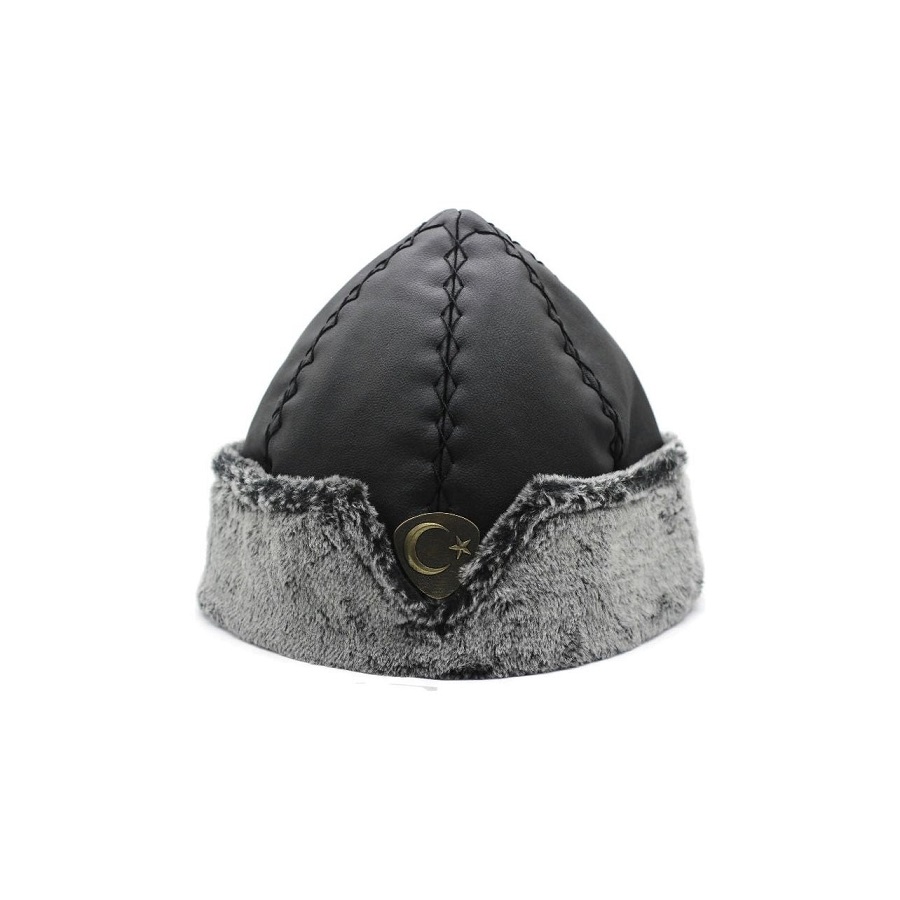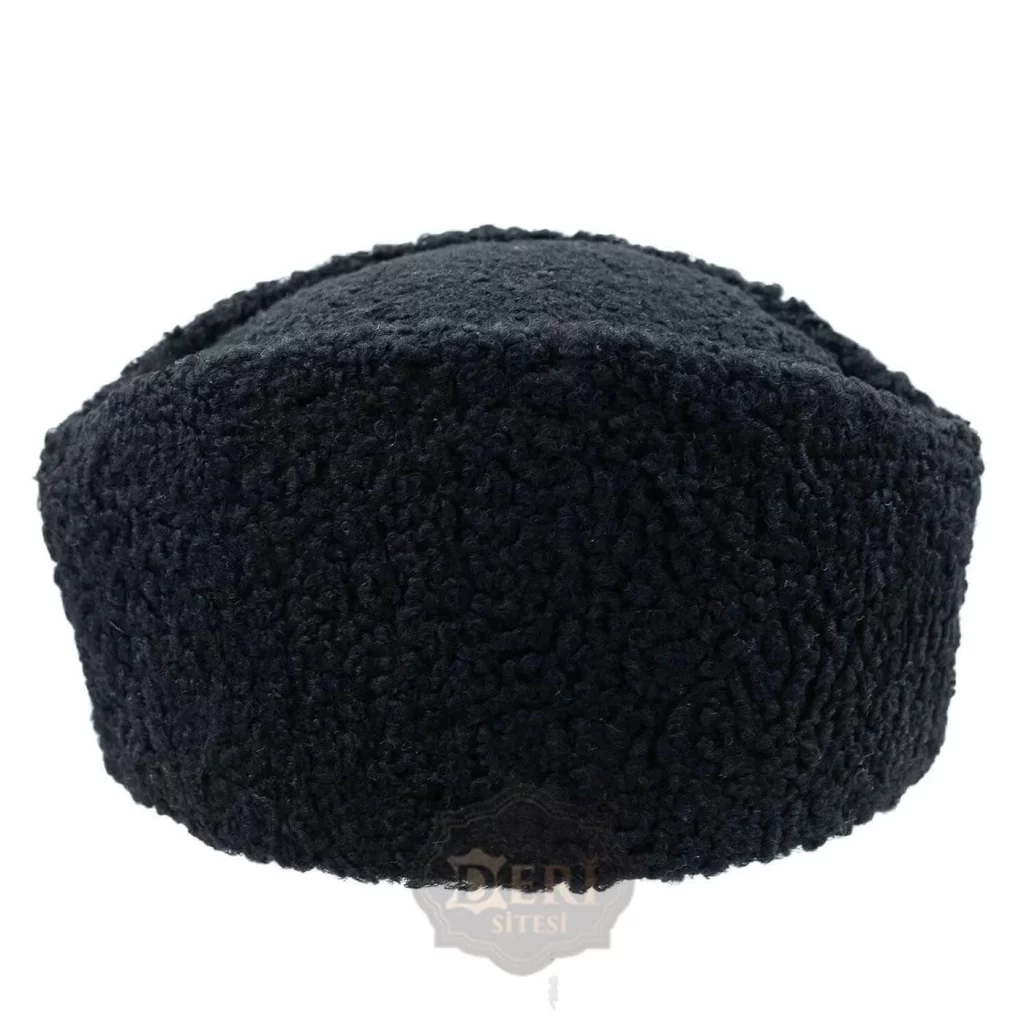Historical Origins of the Turkish Hat
Turkish hat have a deep-rooted history that intertwines with the cultural and religious fabric of the region. Embedded within the sartorial traditions, these head coverings reveal tales of identity, status, and religious adherence.
The Role of Headwear in Ottoman Culture
In Ottoman culture, headwear was more than a fashion accessory; it was a marker of social standing. The styles, colors, and materials of hats would indicate a person’s rank, profession, and even their religious sect. Turkish hat varieties ranged from simple caps for the everyday man to more elaborate turbans that were reserved for higher ranks and special occasions. These head coverings were a vital part of Ottoman attire, worn with great pride across the empire.
Emergence of the Fez in Turkish Society
The fez, with its distinctive shape and red hue, emerged as a prominent Turkish hat in the 19th century. Originally inspired by North African styles, it represented a shift towards modernization and was adopted by Sultan Mahmud II as a symbol of reform. The fez quickly became a status symbol in Turkish society, uniting the diverse Ottoman populace under a single national identity. It was a fashionable choice that transcended regional and class boundaries, becoming synonymous with the cultural transformation of Turkey at the time.
The Fez: A National Symbol of Reform
The Fez, a distinctive turkish hat, became a powerful emblem of change in the Ottoman Empire. Its story intertwines with efforts to modernize and unify the nation under a fresh, progressive identity.
The Fez’s Adoption Under Sultan Mahmud II
In the early 19th century, Sultan Mahmud II endorsed the fez as part of his sweeping reforms. This marked a departure from the turban, the traditional choice of headwear for Turkish men. By promoting the fez, Sultan Mahmud II aimed to forge a collective national identity among his subjects.
The Symbolism of Modernization and Nationalism
The fez symbolized a new era in Turkish history. It became an icon of modernization and nationalism, reflecting Turkey’s aspirations to blend Eastern traditions with Western progress. This hat not only covered heads but also communicated a message of reform and unity across the empire.
The Influence of Geography and Climate on Turkish Hats
Turkish hats are not just influenced by cultural and religious factors, but also by geography and climate. The styles and materials adapted over time, addressing the varied climatic conditions across Turkey. From the hot, arid regions to the more temperate zones, Turkish headwear has evolved to meet the practical needs of its wearers while retaining its cultural significance.
Adaptations for the Humid Climate
In regions with high humidity, such as along the Mediterranean and Aegean coasts, the design and choice of material for Turkish hats have been crucial. Lightweight and breathable fabrics are preferred to manage sweat and ensure comfort. The Turkish fez, for example, made from felt, is particularly suitable for this climate. Its design allows air circulation, helping to keep the head cool during hot weather.
Indigenous Fabrics and Design Elements
Local materials play a significant role in the production of Turkish hats. Indigenous cotton and wool are commonly used, weaving traditions that have been passed down through generations. These materials not only offer comfort and durability but also contribute to the aesthetic appeal of the hats. Unique design elements such as the specific style of embroidery or the inclusion of traditional motifs represent the region’s identity and heritage. Through these indigenous fabrics and designs, Turkish hats not only serve a practical purpose but also tell a story of the region’s geography and cultural evolution.
Religious Significance of Turkish Headwear
Turkish headwear is deeply woven into the Islamic tradition. Men often don head coverings for prayer, following the example set by Prophet Muhammad. This tradition reflects reverence and a form of spiritual etiquette. Headwear such as turbans, caps, and the fez is common in mosques and during religious ceremonies. Each piece signifies devotion and carries symbolic weight within the faith.
Head Coverings in Islamic Practice
In Islamic practice, the act of covering one’s head is linked to modesty and respect. During prayers, men wear hats to honor the sanctity of the ritual. It’s a gesture that underscores humility before God. Common Turkish hats like the prayer cap serve this purpose without hindrance, as their brimless design allows for the devout to touch their foreheads to the ground.
The Fez as a Symbol of Islamic Orthodoxy
Beyond its modern associations, the fez is rooted in Islamic orthodoxy. It emerged as a popular turkish hat during a period when Ottoman leaders sought to consolidate their empire under a unified religious identity. The fez, with its unbrimmed and round form, was adopted as suitable Islamic attire. Although secular reforms later impacted its prevalence, the fez remains symbolic of traditional Islamic values to this day.
The Political Transformation of the Turkish Hat
The turkish hat, specifically the fez, has seen significant political changes. This headwear, once a national symbol, experienced a transformation that reflected Turkey’s shifting political landscape. The fez, initially embraced, became a contested piece of attire due to evolving ideologies.
The Fez’s Transition in Turkish History
In Turkish history, the fez started as a sign of reform but later faced political challenges. It served as a unifying element during the Ottoman Empire’s modernization. Over time, however, the fez’s role changed. As Turkey sought to align more with the West, this turkish hat symbolized a past that leaders wished to move away from.
Mustafa Kemal Ataturk’s Ban on the Fez
Mustafa Kemal Ataturk, the founder of modern Turkey, banned the fez in 1925. His goal was to modernize Turkish society and promote Western dress. The ban of this turkish hat was a key step in Ataturk’s efforts to secularize and reform the nation. Though controversial, the move was a clear signal of Turkey’s direction towards a new cultural identity.
Contemporary Turkish Hats and Their Cultural Relevance
Even today, traditional turkish hat styles continue to be an integral part of Turkey’s cultural expression. While the political and social landscapes have evolved, the impact and pride associated with these historical headwear pieces have not diminished.
The Legacy of Traditional Headwear in Modern Turkey
In modern Turkey, traditional hats retain a sense of nostalgia and national pride. Events and festivals often showcase these head coverings, demonstrating their ongoing cultural significance. While not as commonly worn in everyday life, they still appear during significant ceremonies and are cherished by those who value heritage.
Moreover, traditional turkish hat making crafts are preserved by artisans, ensuring that the skills and techniques are not lost. These artisans contribute to cultural heritage, passing down knowledge and keeping the legacy alive.
The Turkish Hat as a Cultural Icon Abroad
Outside of Turkey, the turkish hat has become an icon representing the nation’s vibrant culture abroad. It’s recognized by people worldwide, often seen in global fashion and multicultural events. This recognition extends the influence of Turkish culture, reinforcing the turkish hat’s status as a cultural ambassador on the international stage.
For expatriates and travelers, wearing a turkish hat is a way to express connection to Turkish roots. These hats serve as cultural identifiers and symbols of identity for the Turkish diaspora, bolstering a shared sense of community across borders.

